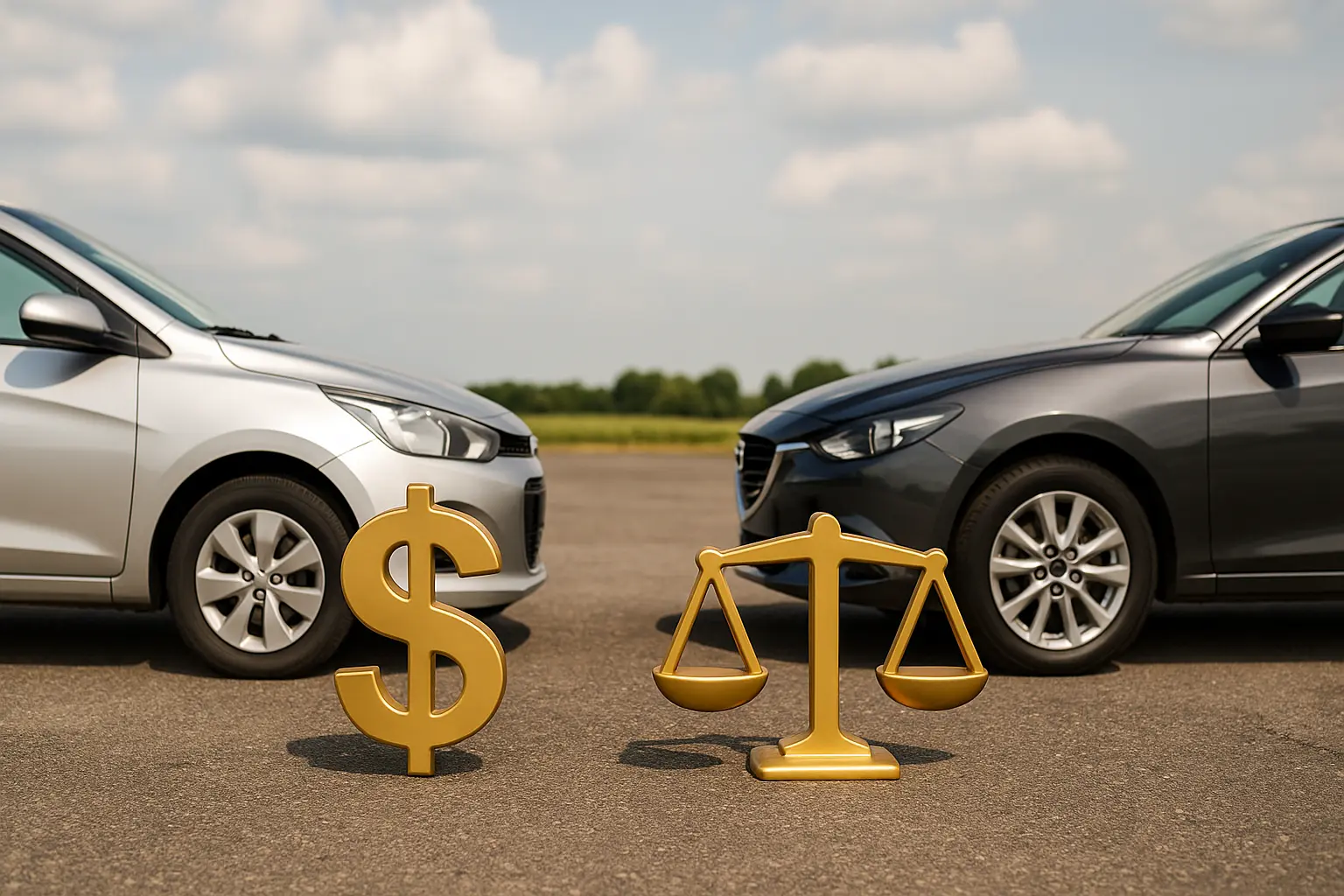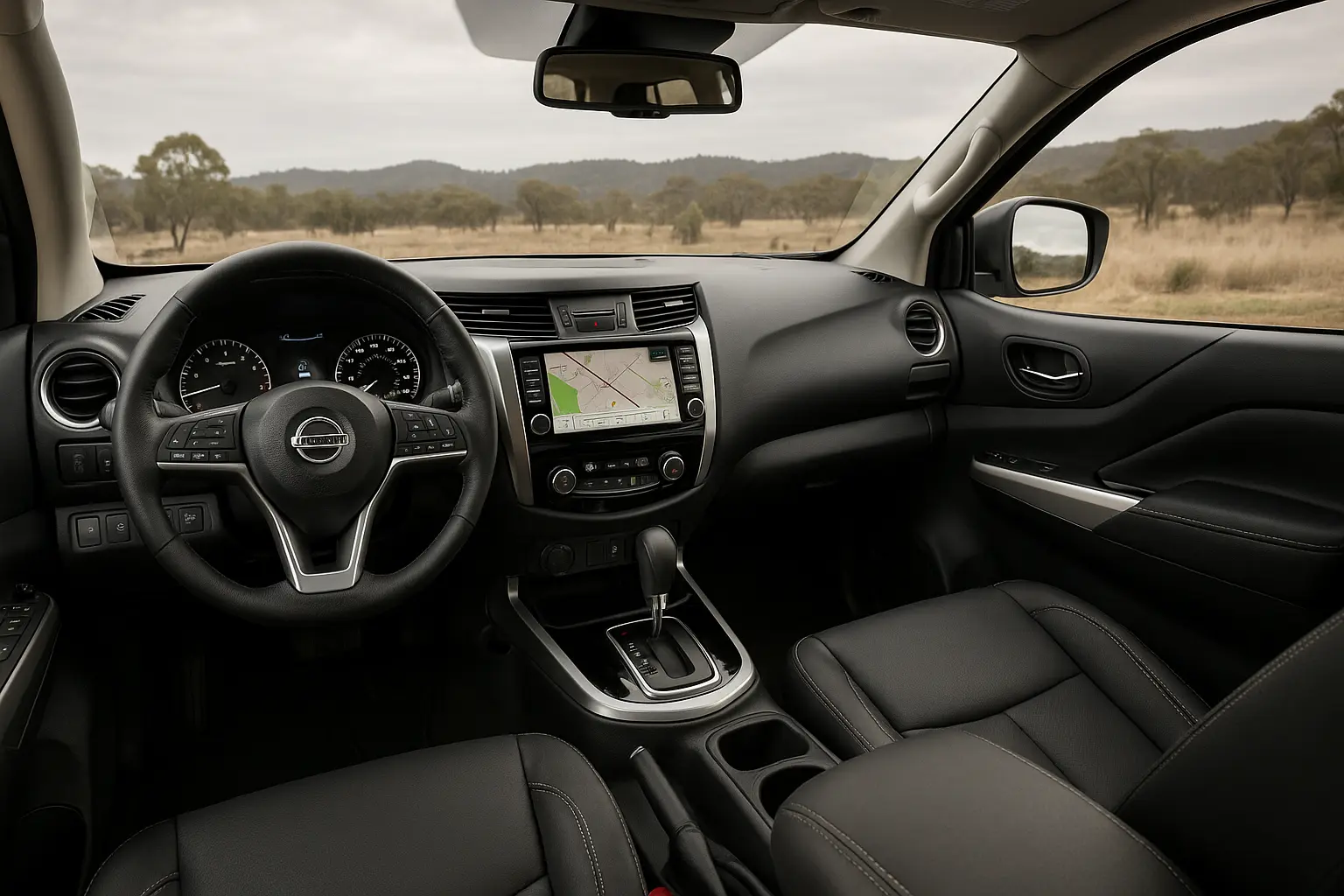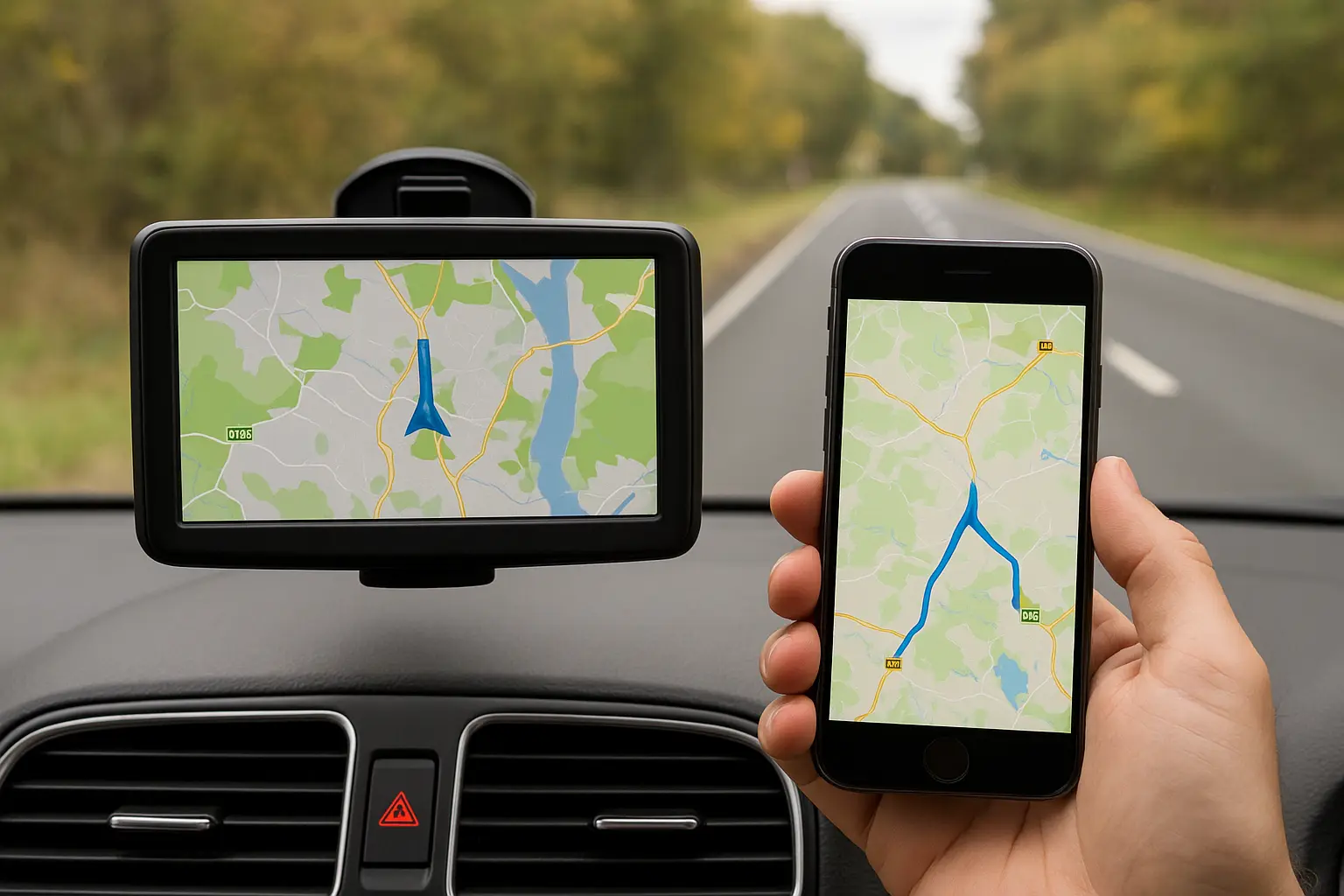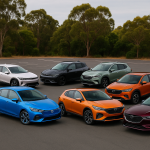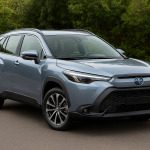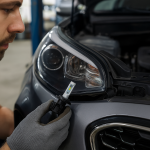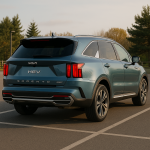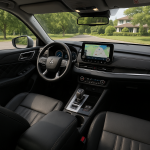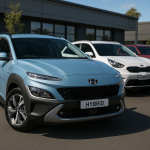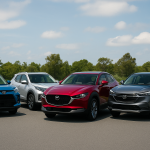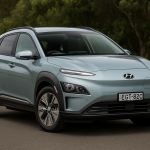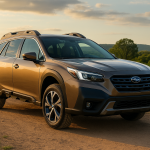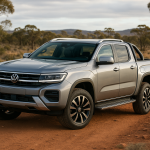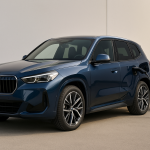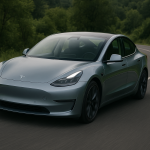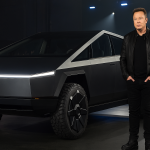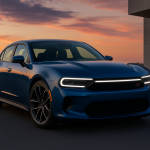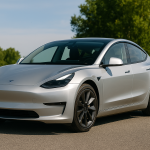When it comes to driving away in a new car, most Australians are faced with two major options: leasing or buying. While buying outright or through finance has traditionally been the norm, leasing has grown in popularity in recent years—particularly for those who want lower upfront costs, the latest technology, and flexible upgrade options.
But which one is better for you—leasing or buying? The answer isn’t straightforward because it depends on personal circumstances: your budget, driving habits, long-term goals, and lifestyle. This comprehensive guide breaks down everything you need to know about car leasing vs buying in Australia. We’ll cover pros, cons, cost comparisons, ownership factors, and tips to help you make the smartest financial choice.
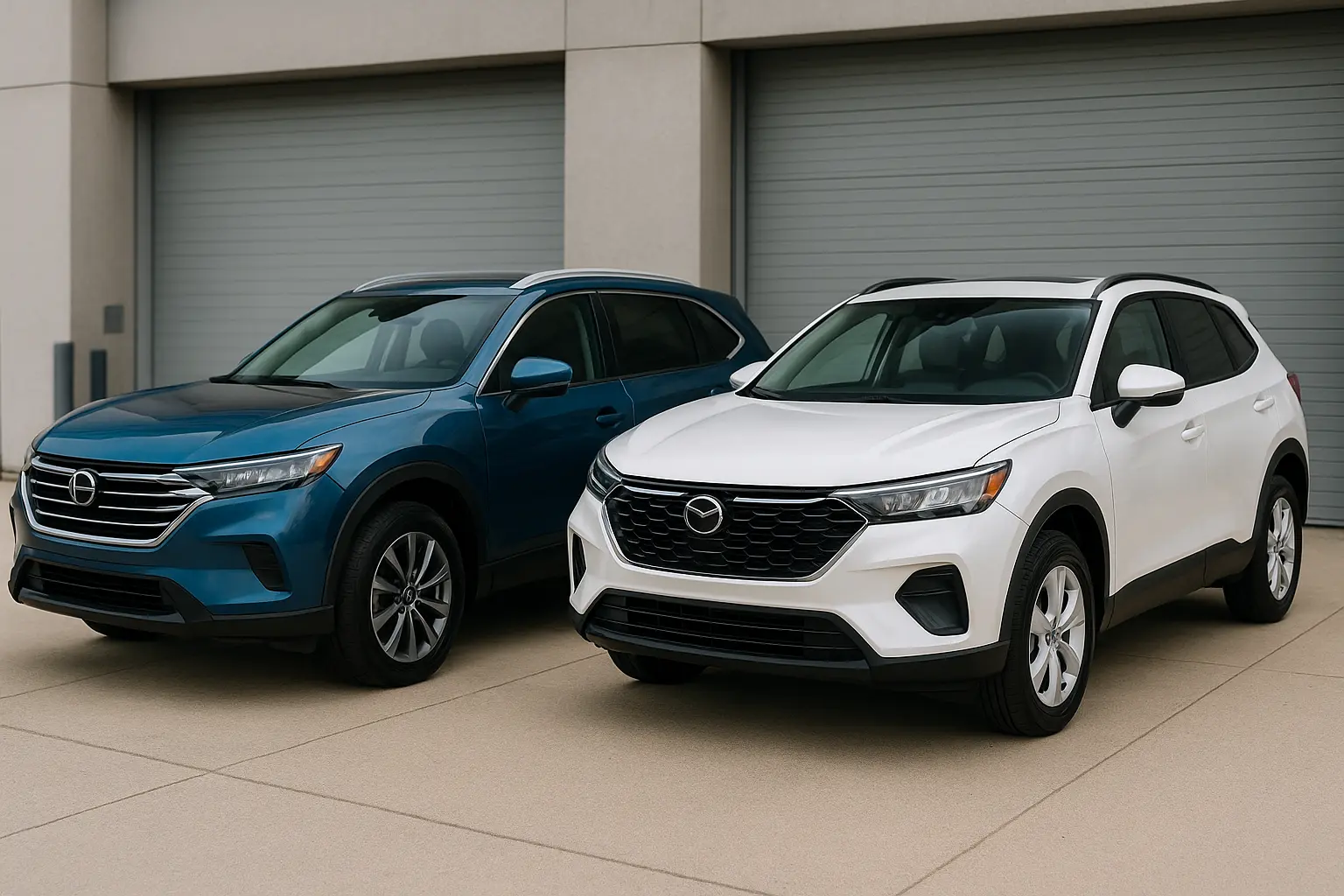
Understanding Car Leasing in Australia
Car leasing is essentially a long-term rental agreement. Instead of purchasing the car outright, you pay a monthly fee to drive it for a fixed term—usually 2 to 5 years. At the end of the contract, you typically return the car, buy it at a pre-agreed residual value, or upgrade to a new lease.
Types of Car Leases
- Novated Lease: Popular with salaried employees, this involves an agreement between you, your employer, and a finance company. Lease payments are deducted from your pre-tax income, reducing taxable earnings. This makes novated leasing attractive for those wanting tax benefits.
- Operating Lease: You pay to use the car for a fixed term but have no ownership option. At the end, you return the car and can lease another.
- Finance Lease: The leasing company owns the vehicle, but you take on most of the risks and rewards. You can purchase the car at the residual value when the lease ends.
Understanding Buying (Outright or Financed)
Buying a car means you either pay cash upfront or finance it with a loan. Once it’s paid off, the vehicle is entirely yours to keep, modify, or sell.
Buying Options
- Outright Purchase: You pay the full amount upfront. While costly initially, it avoids interest, ongoing payments, and finance complexities.
- Car Loan / Finance: A bank or lender provides a loan that you repay in installments. You own the vehicle from the start, but it’s often secured against the loan.
- Hire Purchase / Chattel Mortgage (for business use): Common among self-employed drivers, this lets you pay in installments while claiming tax deductions.
Pros of Leasing
- Lower Upfront Costs: Leasing doesn’t require a large deposit or full payment, making it easier to access new vehicles.
- Drive New Cars More Often: You can upgrade every few years, ensuring access to the latest safety features, technology, and fuel-efficiency.
- Tax Benefits (Novated Leases): Salary packaging can reduce taxable income and include running costs like fuel, insurance, and servicing.
- Fixed Monthly Costs: Leasing bundles repayments with running costs, providing predictable budgeting.
- No Long-Term Commitment: At lease end, simply return the car without worrying about resale value.
Cons of Leasing
- No Ownership: At the end of the lease, you don’t own the car unless you pay the residual value.
- Mileage Restrictions: Leases usually cap annual kilometres. Exceeding limits results in penalties.
- Ongoing Payments: Leasing never ends—you’re essentially renting indefinitely if you keep leasing.
- Cost Over Time: While cheaper in the short run, leasing can be more expensive than owning if you keep cars long-term.
- Restrictions on Customisation: You can’t modify the car; it must be returned in good condition.
Pros of Buying
- Ownership: Once you’ve paid off the car, it’s entirely yours.
- No Mileage Limits: You can drive as much as you like without penalties.
- Long-Term Savings: Keeping a car for many years often costs less than leasing multiple cars.
- Flexibility: Modify, customise, or sell at any time.
- Equity: You build value in the car that can be used for trade-ins or future purchases.
Cons of Buying
- Higher Upfront Costs: Deposits or full payments can be substantial.
- Depreciation: Cars lose value quickly—especially new ones in the first 3 years.
- Maintenance Costs: After warranty expires, ongoing repair and servicing costs increase.
- Financing Costs: Car loans involve interest, fees, and long repayment terms.
- Outdated Technology: If you keep cars for 8–10 years, you may miss out on newer safety and tech features.
Cost Comparison: Leasing vs Buying in Australia
Example Scenario 1: Leasing
- Car Price: $45,000 SUV
- Lease Term: 3 years
- Monthly Lease Payment: ~$650 (including maintenance & insurance in novated lease)
- Residual Value (end of lease): $22,000
- Total Paid Over 3 Years: ~$23,400
- Ownership: None (unless you pay residual to keep the car)
Example Scenario 2: Buying with Finance
- Car Price: $45,000 SUV
- Loan: 5 years at 7% interest
- Monthly Repayment: ~$890
- Total Paid Over 5 Years: ~$53,400
- Car Value After 5 Years: ~$18,000 (depreciated)
- Ownership: Yes (equity of ~$18,000 remains)
Summary
- Leasing is generally cheaper short-term with lower monthly outgoings.
- Buying costs more monthly but provides ownership and long-term savings if you keep the car beyond 5 years.
- For those upgrading often, leasing may make sense. For long-term value, buying wins.
Leasing vs Buying: Which Suits Different Drivers?
Best for Leasing
- Urban professionals who want the latest models.
- Salaried employees with novated lease options.
- Low-mileage drivers staying under lease kilometre limits.
- People who don’t want to worry about resale.
Best for Buying
- Families planning to keep a car 7–10 years.
- High-mileage drivers (commuters, tradies, road-trippers).
- Buyers who want flexibility to customise or resell.
- People seeking long-term savings and equity.
Tax Implications
Leasing (especially novated leases) can offer significant tax savings for employees. Lease payments are taken pre-tax, reducing taxable income. Running costs may also be included in the salary packaging.
Buying, however, allows small business owners and sole traders to claim depreciation, GST, and running costs under ATO guidelines. For personal use, there are fewer tax benefits.
Lifestyle Factors to Consider
- Flexibility vs Stability: Leasing is about flexibility; buying is about stability.
- Ownership Pride: Some drivers value owning their car outright.
- Technology Access: Leasing ensures you always drive cars with the latest features.
- Future Uncertainty: If unsure about future income or mobility needs, leasing offers lower commitment.
Risks of Leasing
- Early termination fees are expensive.
- Penalties for excessive wear and tear can add up.
- Always read fine print: balloon payments, residual values, and exclusions vary widely.
Risks of Buying
- Depreciation is steep in the first 3 years—up to 50% of the car’s value.
- Financing with high interest can result in negative equity.
- Selling or trading in later may not return expected value.
Car Leasing vs Buying in the Electric Vehicle Era
EVs are changing the conversation. Many Australians hesitate to buy EVs outright due to battery degradation concerns and rapid tech advancements. Leasing provides flexibility to upgrade as EV technology evolves.
Buying an EV, however, may attract government rebates and ownership benefits. Long-term, as charging networks improve, buying may become more viable. Leasing is currently a safe entry point for those wanting to try EVs without long-term risk.
Practical Tips Before Deciding
- Compare Total Cost of Ownership (TCO): Include repayments, insurance, maintenance, fuel, and depreciation.
- Assess Your Driving Habits: High mileage = better to buy. Low mileage = leasing can work.
- Check Tax Benefits: Employees may benefit from novated leases; businesses from depreciation claims.
- Review Contract Terms: Watch for balloon payments, exit fees, and kilometre caps.
- Future Goals: Do you see yourself upgrading every few years or driving the same car for a decade?
Conclusion
There’s no one-size-fits-all answer to the leasing vs buying debate in Australia. Leasing is perfect for flexibility, lower upfront costs, and frequent upgrades. Buying makes sense for long-term savers, high-mileage drivers, and those who want ownership.
Ultimately, the right choice depends on your budget, lifestyle, and future goals. Whether you value the thrill of driving a brand-new model every few years or the long-term peace of ownership, knowing the pros and cons of both options helps you make a confident decision.
Leave a comment
Your email address will not be published. Required fields are marked *


